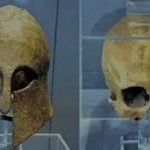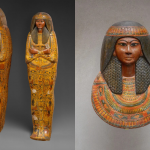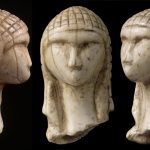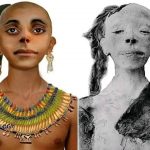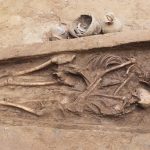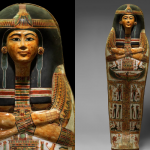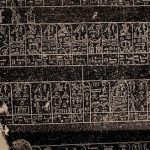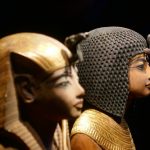A large Roman mosaic depicting a lion
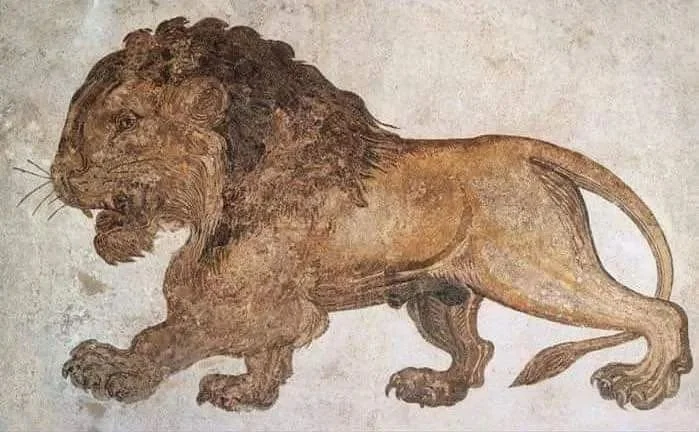
A large Roman mosaic depicting a lion, dating to the 3rd century CE, was discovered in Salakta, Tunisia. Today, it is on display at the Salakta Archaeological Museum.

Now housed in the Salakta Archaeological Museum, this striking lion mosaic is a remarkable example of Roman mosaic art from the 3rd century CE. Spanning several meters, the mosaic features a life-sized lion captured in a dynamic, almost regal stance. As a symbol of strength and dominance, the lion was a favored motif in Roman iconography—often used to convey power, heroism, and the untamed force of nature.
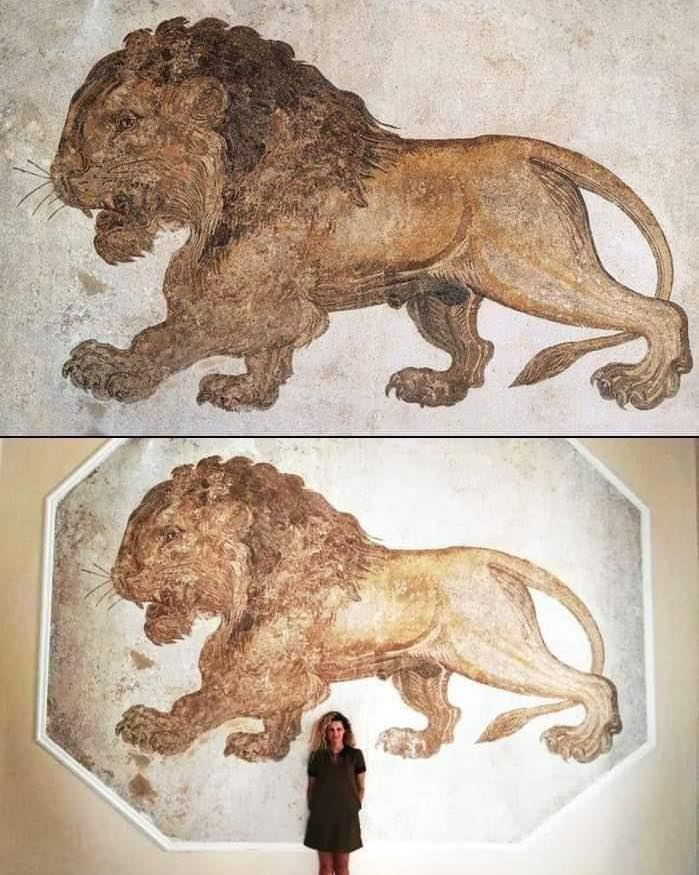
The mosaic was likely commissioned for a wealthy Roman villa or a prestigious public space, serving as both a decorative element and a statement of status. Crafted with exquisite skill, the image is composed of multicolored tesserae—tiny pieces of stone, glass, and ceramic—arranged to create a vibrant, naturalistic portrayal. The lion’s flowing mane is rendered in rich golds and browns, giving the impression of movement and depth, while the powerful musculature of its body is modeled with stunning realism.
Surrounding the figure are intricate geometric patterns, a hallmark of Roman decorative design, which provide a bold visual contrast to the lifelike quality of the animal. Beyond its aesthetic appeal, the lion’s presence in the mosaic carries deep cultural meaning. In Roman tradition, lions were closely associated with deities like Hercules and Bacchus and were viewed as protectors, symbols of divine strength and resilience. As such, this artwork may have served not only as a visual spectacle but also as a talismanic emblem for the household or community it once adorned.
